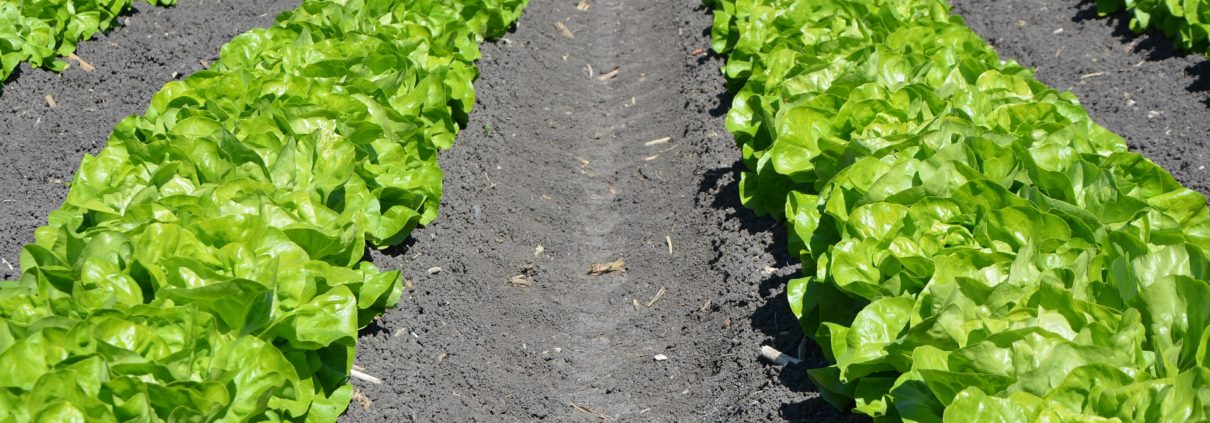The Six Most Common Mistakes When Buying Residential Land Real Estate
You’ve probably heard home buying horror stories before. Everyone knows someone that got stuck in a mortgage they couldn’t afford or finding out too late that their dream house was crawling in termites. Residential land buying mistakes are very different from home buying ones, but both have lasting consequences. Here are some of the most common mistakes made when buying residential land and how to prevent them.
1. Not Working With A Professional
Why spend all the money on a land expert when your neighbor Bob down the street has bought residential land before? Maybe Bob doesn’t have much experience in the field or any certifications, but he’ll do it for half the cost!
Even though it might save you dollars and cents in the short term, not working with a land professional could cost you serious money down the road. ALCs have a world-class education in land and years of experience under their belt. They know the ins and outs of the industry. All of the rest of the mistakes on this list can be avoided by working with a land expert.
2. Not Stepping Foot On The Property
Google Earth is an amazing tool. You can use it to view the history of any property and tour the neighborhood. However, no online tool can replace the experience of actually seeing a property in person. You and your agent can best spot any issues with the land that might be too small for Google Earth to pick up. Walking around a property can also help prevent our next mistake…
3. Assuming ‘Buildable’ Means The Same Thing Everywhere
In some areas, the word ‘buildable’ simply means your city or county permits you to build on the land. This definition has nothing to do with the land type. It only means that you are allowed to build on it. In other areas, it means the land type and characteristics are good to build on. It’s kind of like how ‘sweet tea’ means tea brewed WITH sugar in the South while the same words means tea with sugar added AFTER the tea has brewed in the North.
This is an uncommon issue in the land industry, since most sellers give their buyers the information they need to distinguish between the two. However, there may be some vague listings and possibly less than honorable people willing to take advantage of people who don’t know the difference.
4. Not Knowing the Lingo
Land lingo can be confusing. Not knowing the language of residential land buying can end up in you buying the wrong property or buying in the wrong place. Here are some words you will definitely need to know to get started:
- HOA/POA. Home Owners Association or Property Owners Association are groups dedicated to the upkeep of common areas of a property and protecting the property’s values.
- Restricted subdivision. This is a type of subdivision where deed restrictions are put in place by the initial developer to protect property values. Homeowners will be required to follow these restrictions.
- Unrestricted subdivision. In unrestricted subdivisions, these areas do not have POA or HOAs that enforce restrictions that protect property values. However, they are not excluded from state or county-imposed deeds.
5. Skipping The Tests
We know, we know. No one likes shelling out extra money when buying land is already so expensive. However, these tests are the key to making sure you aren’t stuck with a property that has environmental hazards, the wrong soil type, or any other disaster waiting to happen. These tests include (but are not limited too):
- Title searches
- Soil tests
- Land Surveys
- Environmental tests
- Appraisals
6. Thinking All Fees Are Included
Fees and extra costs are like cockroaches: if you see one, there’s probably ten more hiding somewhere close. In an article for realtor.com, Chris Chapin, a REALTOR® with Douglas Elliman, points out all the little costs people forget about.
“There are substantial expenses for getting land ready for construction,” Chapin notes. “You will need a survey, permits from the municipality, and health department approval. The site must be cleared, graded, and excavated. Departments of local, county, and state governments can be involved, all with associated fees, of course. The process from identifying a parcel for purchase to receiving the certificate of occupancy can take a year or more.”
Staying informed on the land industry and working with a land expert are two of the best ways to avoid these common mistakes. We hope this article can help you avoid and overcome the most common mistakes when buying residential land.


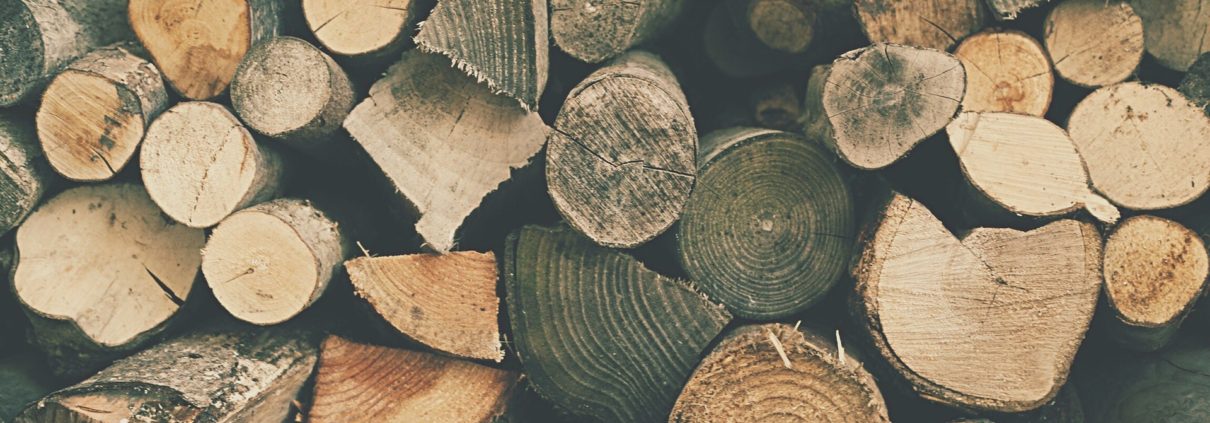

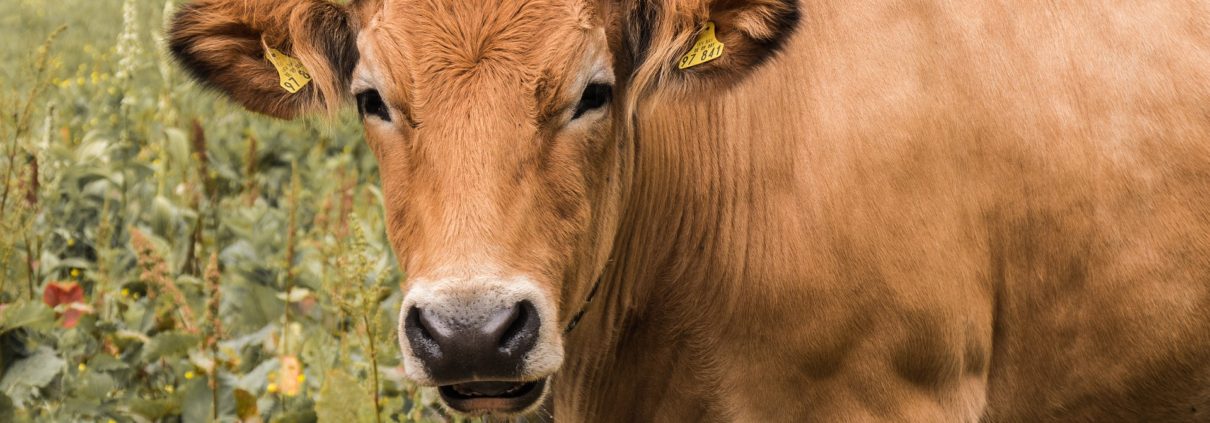
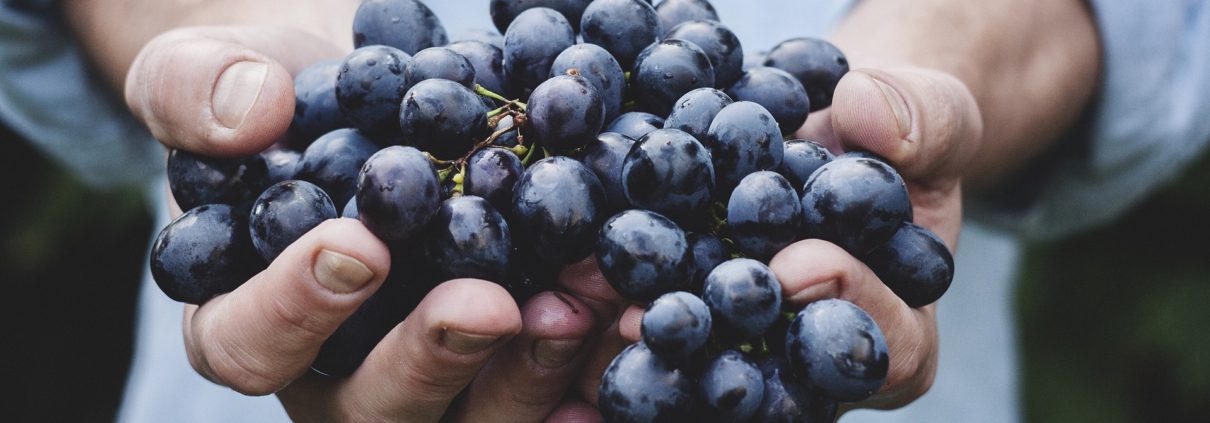

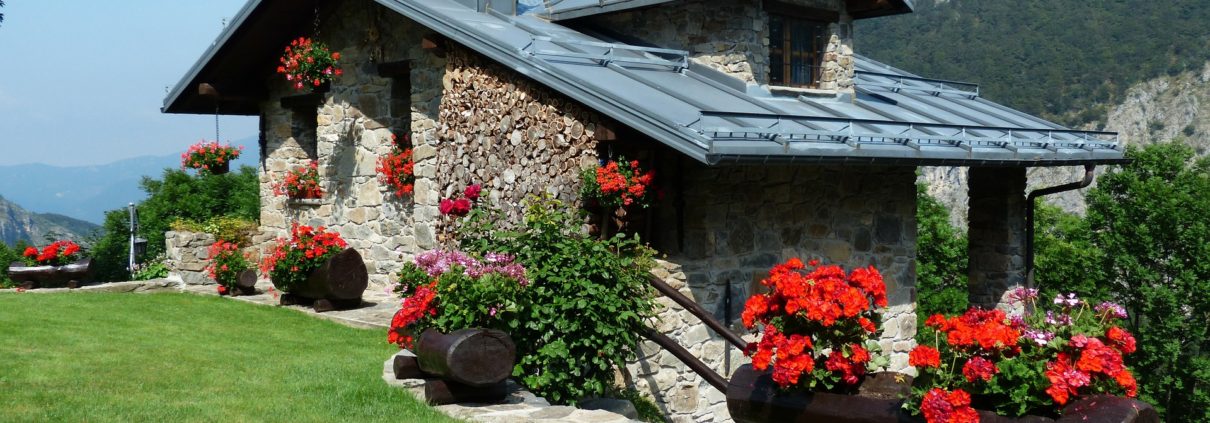




 As more and more land was bought under shell companies, locals became suspicious. They didn’t believe someone named M.T. Lott was actually buying up the land. Rumors swirled about who could be buying up this land. Some people believed it was NASA buying land to support the nearby Kennedy Space Center. Other names floating around were Ford, the Rockefellers, Howard Hughes, and of course, Disney.
As more and more land was bought under shell companies, locals became suspicious. They didn’t believe someone named M.T. Lott was actually buying up the land. Rumors swirled about who could be buying up this land. Some people believed it was NASA buying land to support the nearby Kennedy Space Center. Other names floating around were Ford, the Rockefellers, Howard Hughes, and of course, Disney.